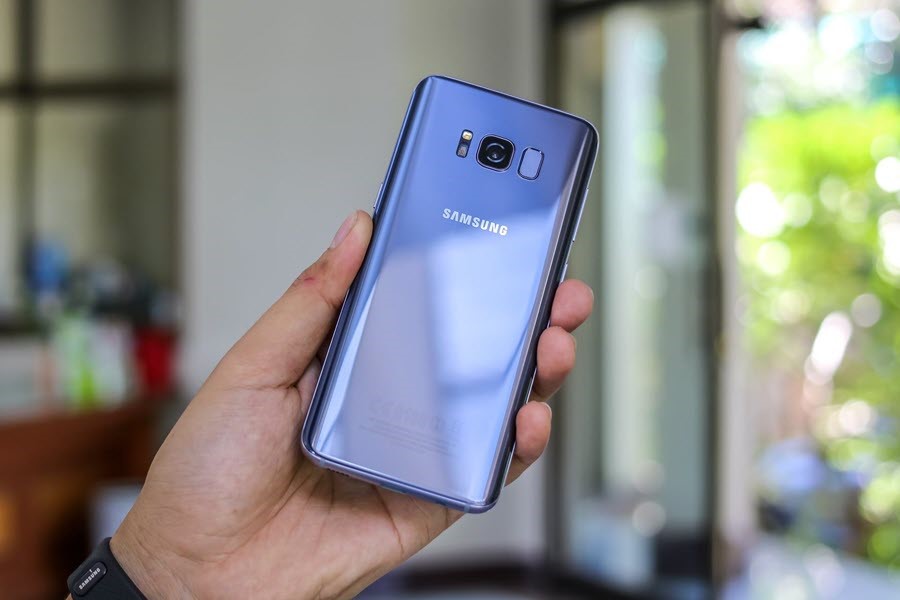Do you need to transfer photos from Android to storage media on macOS, Windows, or other operating systems? Can you do that by changing the file format to a supported one or using a flash drive? Well, there are multiple ways to do this, but not all of them are as easy as a USB cable.
Wondering how to transfer photos from Android phone to USB flash drive? Keep on reading this article to get a step-by-step guide.
Transfer Via a Computer
One potential way to transfer photos from Android to a USB flash drive is via computer. Connect your phone and the computer system using a USB cable. Choose MTP on your Android phone.
Then, plug the drive into the computer. Click This PC twice and enter your phone to select the required photos. Now, open your flash drive. Drag and drop the selected photos to the flash drive.
Use Drag and Drop Option
You can even transfer photos from phone to computer using the drag and drop option. Click the USB charging notification and choose Transfer photos or Transfer files. Tap ‘This PC’ on your computer and access your phone under the Devices and Drivers section.
Go to the internal storage and locate and open the DCIM folder. Open a USB flash drive and drag and drop the photo here. Now, eject the USB and your Android phone when the file transfer completes.
Transfer Using Professional Tool
Desktop software that makes the data transfer easier between devices. You can even use these tools to transfer photos from Android to Mac. Some of these tools categorize files based on data type and backup and restore the Android phone with a single click.
To transfer photos, launch this app and click Android Assistant. Connect USB as well as Android phone to PC using a USB cable. Activate the USB debugging. Tap Photos and then Export. Find and choose the flash drive and click OK.
Transfer Photos via OTG Cable
OTG (On The Go) cable allows users to directly connect a USB flash device to an Android phone. Connect a USB flash drive to the OTG cable’s larger USB port. Now, connect the other end of the cable to the Android device. If the USB storage device is connected, click USB drive and choose Transfer files.
Open the File Manager and click Internal storage. Locate the DCIM folder and select the photo. Click three dots, copy the pictures to a USB drive, and click Done. This method helps when you need to post images to social media instantly.
Install DroidKit Software
This software provides users with a Data Manager for transferring photos from Android to a flash drive without using OTG. So, download, install, and open DroidKit on your computer and find Data Manager on the home page.
Connect both devices via USB cable. Also, connect a USB flash drive to your system. Tap Export Content and choose Photos, Videos, or Audio and continue. Now, transfer photos to a USB flash drive.
Transfer Using AnyDroid
Download, install, and open AnyDroid. Now, connect your phone using a USB connection or WiFi connection. Select Device Manager and Content to the computer. Select the photos and click the Settings button to change the flash drive as a destination.
Tap Next to begin transferring. Then, connect the drive to your computer. Now, drag and drop pictures from your system to the flash drive.
Use Android Backup Software
To end up quickly transferring the photos, use Android Backup Software. It moves all the pictures from the Android device to the flash drive in just a single click. Launch this software on your computer and run it on the desktop.
Plug in USB Drive into your computer and connect the phone to the system using a USB cable. Hit Super Toolkit and click Backup. Choose Photos and then select flash drive as the backup location. Finally, click Back Up.
Things to Consider Before Transferring Photos
No matter which method you’ll use to transfer photos from an Android phone to a USB drive, you need to consider a few things. For example, check the storage volume available on your USB flash drive. Compare your folder size with free space available on the drive for a successful transfer.
Ensure that your Android phone and the flash drive are fully compatible. Another most important thing you should never forget is to use the eject option before removing the device. It will safely remove the USB flash drive after moving the files and photos.
Several professional tools are great for viewing your photos and moving various data types. Never forget to use cloud storage services to back up your media files, as it helps access the files anytime and anywhere.
The Conclusion
After reading this article, you must have got some good information about how to transfer photos from Android phone to USB flash drive. And as you can see, moving pictures is pretty easy. So, select the method you want to implement and move the photos efficiently.

